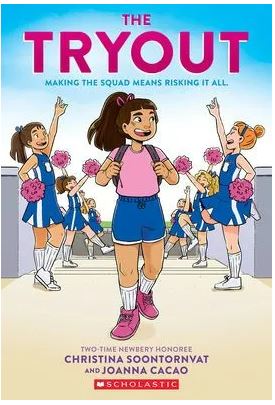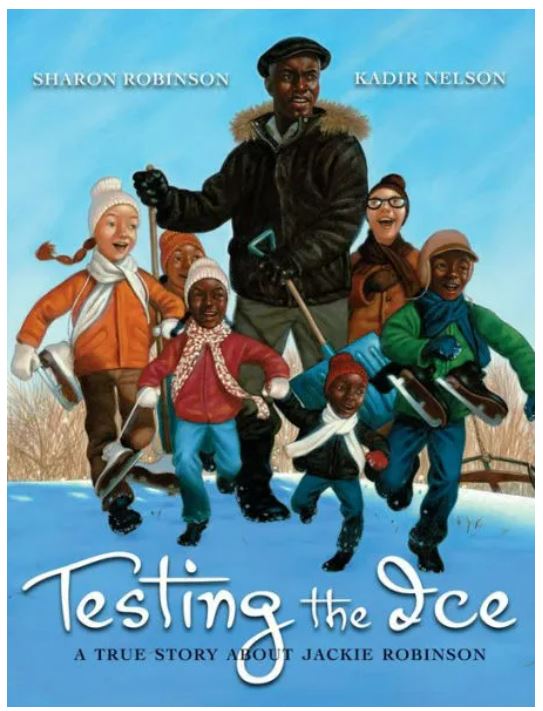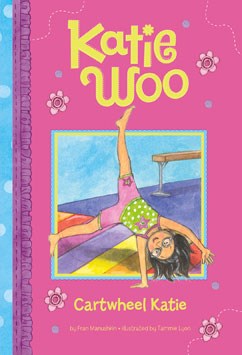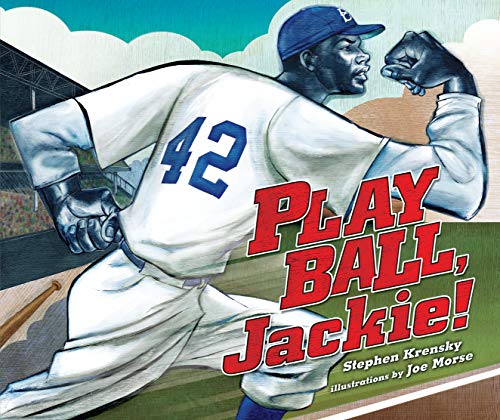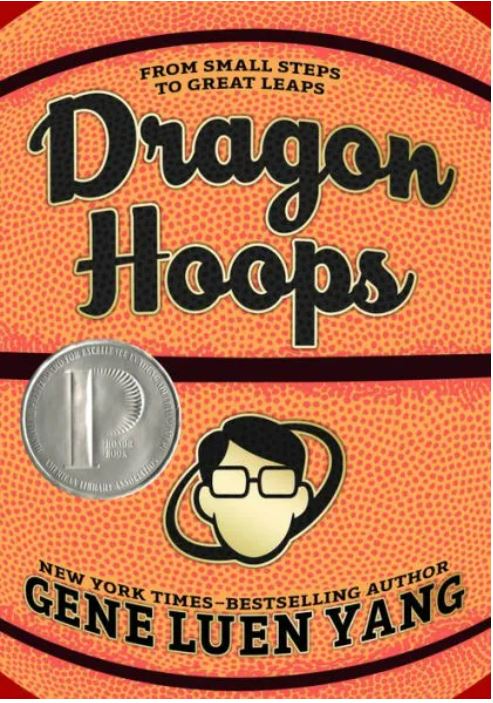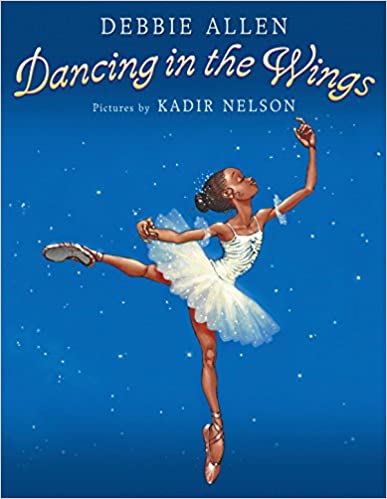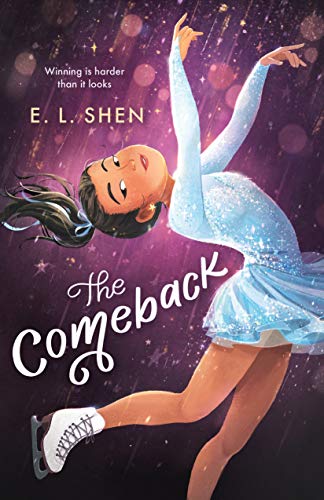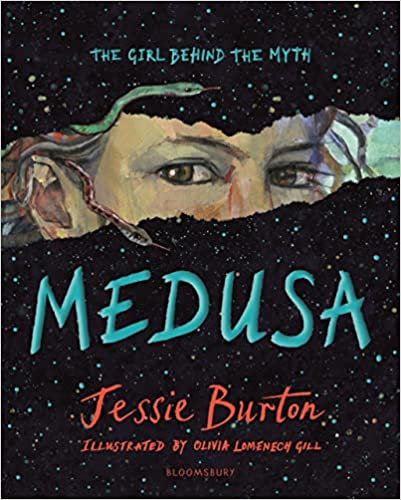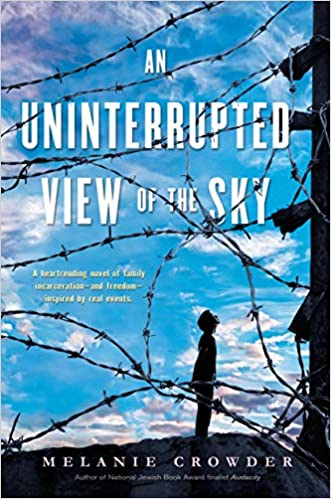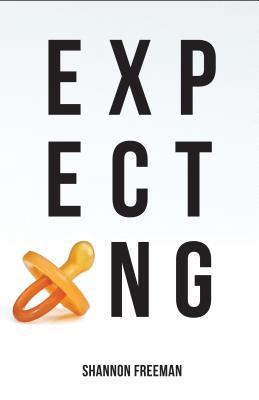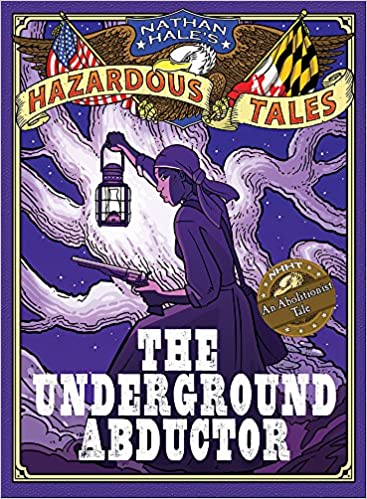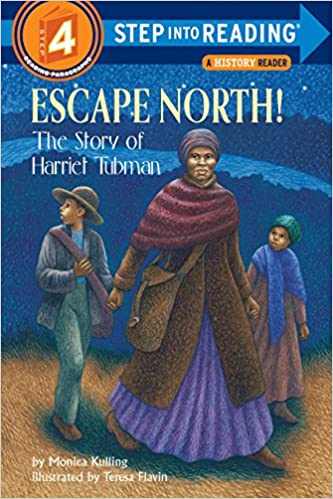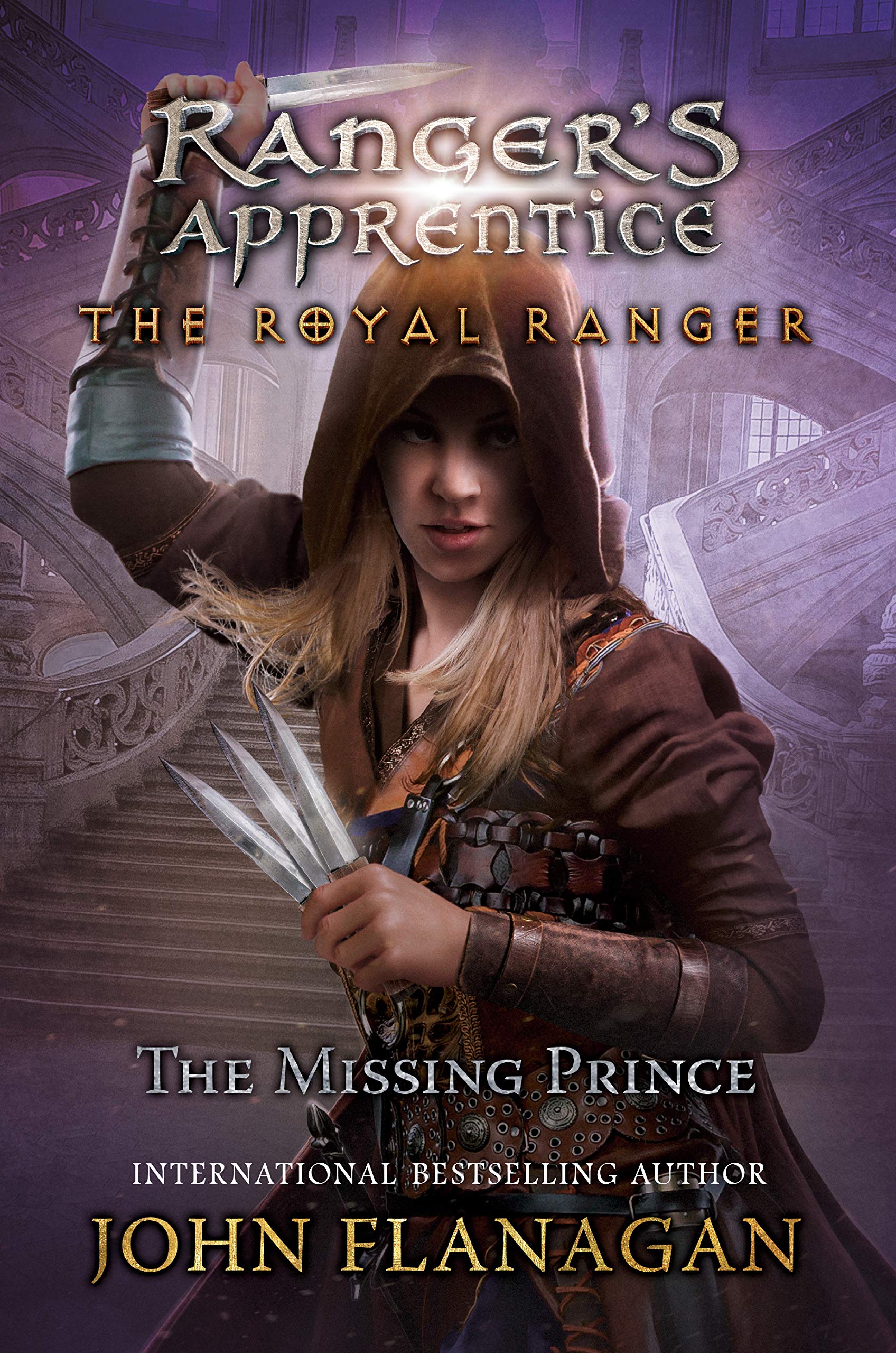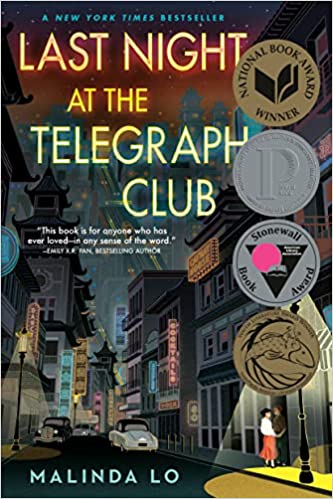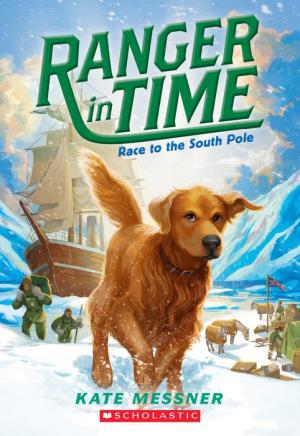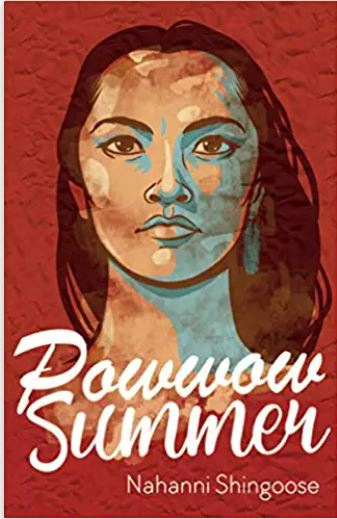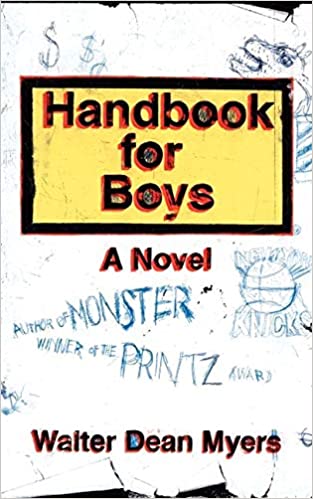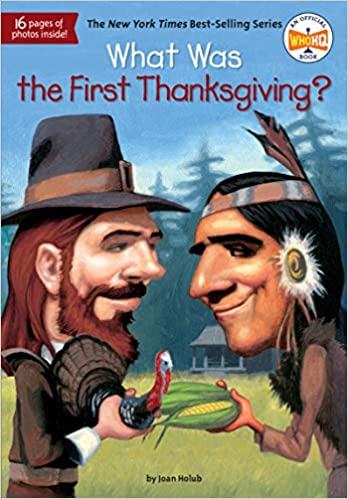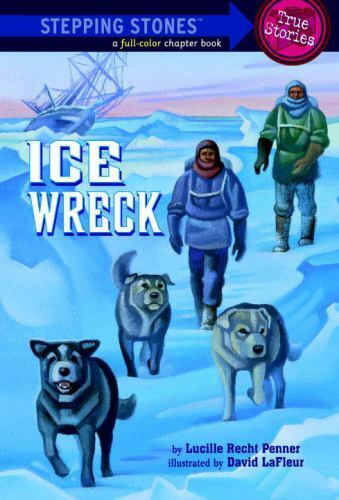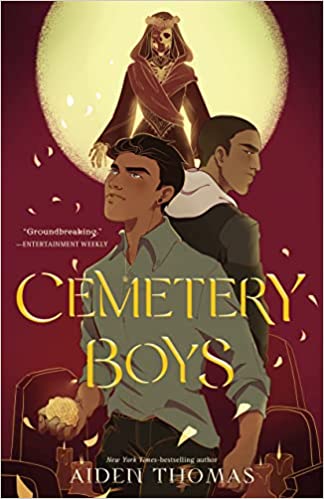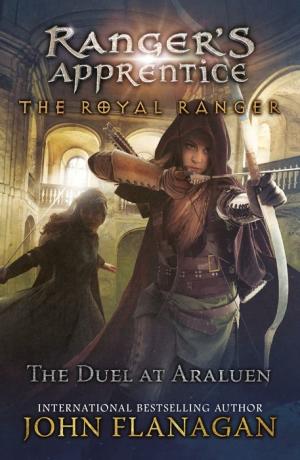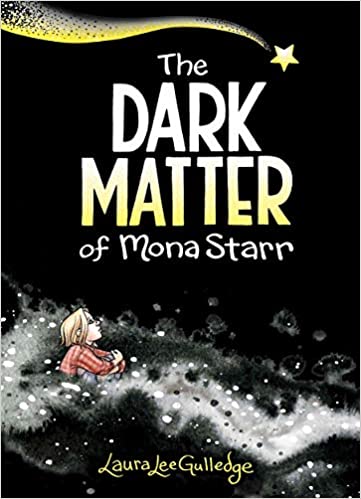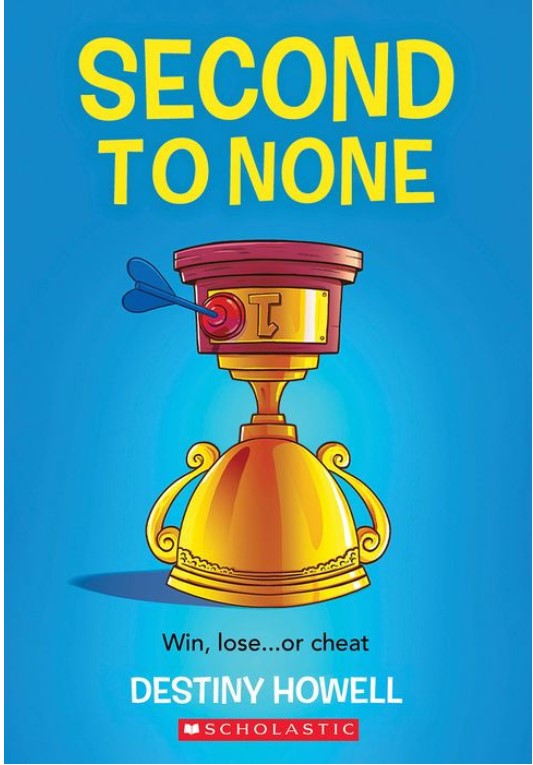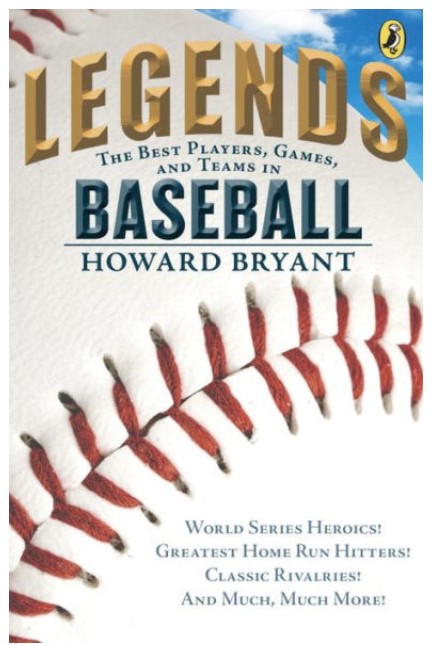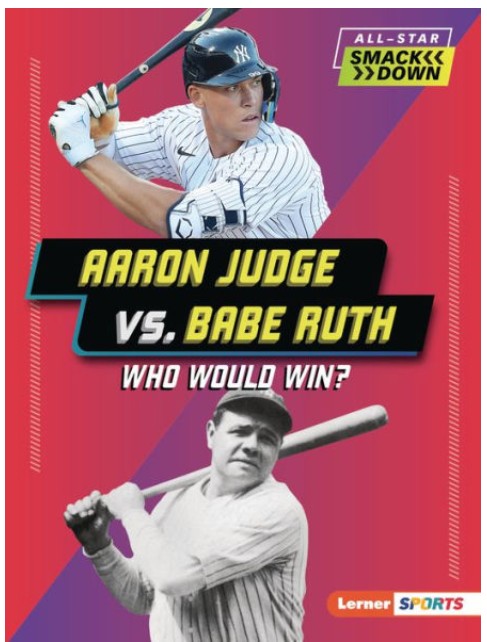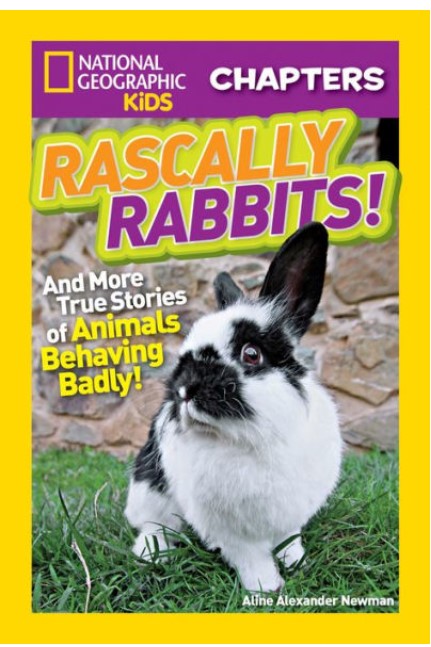When cheerleading tryouts are announced, Christina and her best friend, Megan, literally jump at the chance to join the squad. As two of the only kids of color in the school, they have always yearned to fit in—and the middle school cheerleaders are popular and accepted by everyone. But will the girls survive the terrifying tryouts with their whole grade watching? And will their friendship withstand the pressures of competition?
Middle school readers will relate to Christina, who must navigate the strange world of junior high. However, Christina also faces the added obstacle of racism, especially at the hands of one mean boy who makes snarky comments and calls her “rice girl.” Since Christina is the only Thai girl living in her predominately white town, no one seems to understand her feelings except for Megan, her best friend, who is also seen as different because her father is from Iran. Christina and Megan often feel like outsiders because everyone sees them as “too different, too much on the outside.”
The Tryout gives readers an inside perspective into Christina’s struggles as well as her Thai culture. Even though Christina often gets upset at being viewed as an outsider, she clearly loves her culture, her family, and her best friend. However, Christina isn’t a perfect protagonist; instead, she says mean things that she later regrets, she worries about losing Megan as a friend, and she wants to fit in and be popular. The Tryout gives an honest look into the author’s middle school experiences and shows the importance of trying new things, even if they might be scary.
The graphic novel’s illustrations bring Christina’s world into focus and the characters’ facial expressions will help readers understand their varying emotions. Christina’s thoughts appear in cloudlike quote bubbles, which make it easy to distinguish her thoughts from dialogue. Christina’s active imagination takes life since her musings are illustrated like a video game. With three to six sentences per page, The Tryout is accessible to most readers.
The Tryout is an entertaining graphic novel that shows the conflicting emotions of middle school students. Even though Christina and Megan do not make the cheerleading squad, Christina has a positive attitude about the tryout experience. Christina thinks, “Maybe Megan was right about life not giving you something just because you wanted it really badly. But sometimes . . . you got something better.” Not making the cheerleading squad allows Christina to find another extracurricular activity that she loves.
Since many middle schoolers struggle with self-doubt and the desire to fit in, The Tryout will appeal to a wide range of readers. Plus, the story shows how friendships change, grow, and often stay with you into adulthood. Readers will enjoy seeing the pictures of the author in middle school that appear at the back of the book. Middle school readers can also learn more about dealing with obstacles in the graphic novel, New Kid by Jerry Craft, where the protagonist changes schools and wonders how he can fit in at the new school while still being true to himself.
Sexual Content
- None
Violence
- None
Drugs and Alcohol
- None
Language
- A boy at school calls Christina “rice girl” and “China girl.” He also says, “Why don’t you go back to where you came from?”
- A boy tells Christina, “Don’t be such a psycho.”
- Christina calls a mean boy a “dumbface jock idiot.”
- When some kids at school make fun of a girl’s clothes, Christina says, “Yea, Deanna did you get that out of the trash?”
- When Christina tells Megan about a mean boy, Megan says, “He’s like a walking turd log.”
- A boy from school says that Megan’s dad is a “Muslim terrorist” because he’s from Iran.
Supernatural
- None
Spiritual Content
- Christina goes to the Thai temple where “the Buddha teaches us how to act and think wisely. . . how to handle sorrow. . . and how to live a good life while we are here, so you can think about those things.”
- Christina and her mom go to the Presbyterian church when they cannot go to the temple. Christina thinks, “Buddhism and Christianity were different in many ways, but I always thought the teachings of Jesus Christ and Buddha had a lot in common. In my mind, I pictured them as good friends.”
- A girl at school is upset when she finds out Christina hasn’t been baptized, because she believed “if you’re not baptized, you can’t be saved, and you won’t go to heaven.” Another girl jumps into the conversation and says that Christina won’t go to “you-know-where” because “God cares what’s in your heart, that’s all.”
- Before cheerleading tryouts, the coach prays: “Please be with each of our girls today. They have worked hard for this moment, and they’re all good girls. Please keep them safe from injury and give them the strength to do what they need to do.”
